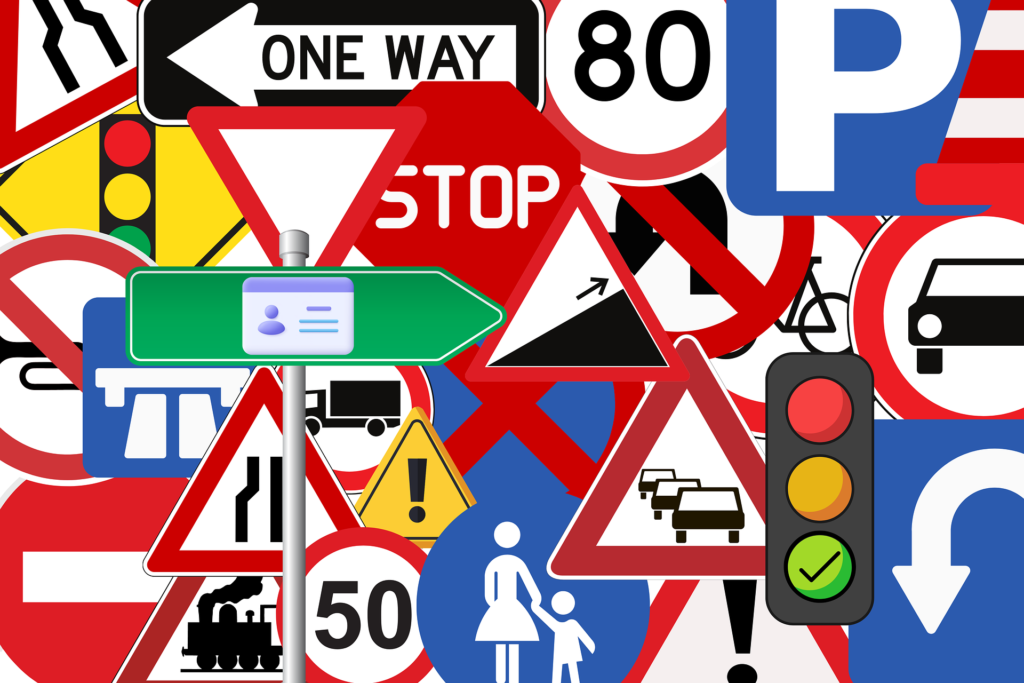Obtaining a driver’s license in the United States typically involves several steps, although specific requirements may vary slightly from state to state. Here’s a general guide to obtaining a driver’s license:
1. Check Eligibility: Ensure you meet the eligibility criteria set by your state’s Department of Motor Vehicles (DMV). Generally, you must be a certain age (usually around 16 years old) and meet any other requirements, such as residency status and passing a vision test.
2. Complete Driver’s Education (if required): Some states require new drivers, particularly those under a certain age, to complete a driver’s education course. Check with your state’s DMV to see if this is necessary.
3. Apply for a Learner’s Permit: Before obtaining a full driver’s license, most states require you to first obtain a learner’s permit. To do this, you’ll typically need to:
- Fill out an application form.
- Pass a written knowledge test covering traffic laws, road signs, and safe driving practices.
- Provide proof of identity, residency, and other required documents.
- Pay any applicable fees.
4. Practice Driving: With your learner’s permit, you can practice driving under the supervision of a licensed adult driver. The specific requirements for supervised driving hours may vary by state.
5. Take Driver’s Education (if required): Some states mandate a certain number of hours of supervised driving practice or completion of a driver’s education course before advancing to the next stage of licensure.
6. Schedule and Pass a Road Test: Once you’ve met the requirements for holding a learner’s permit for a designated period and completed any necessary driver’s education, you’ll need to schedule and pass a road test. During the road test, an examiner will assess your driving skills and ability to operate a vehicle safely in various traffic situations.
7. Provide Necessary Documentation: On the day of your road test, be sure to bring any required documentation, such as your learner’s permit, proof of identity, and proof of insurance.
8. Pass the Road Test: Demonstrate your ability to drive safely and follow traffic laws during the road test. If you pass, you’ll receive a temporary driver’s license.
9. Receive Your Driver’s License: After passing the road test, your state’s DMV will typically mail your official driver’s license to you within a few weeks. In the meantime, you can use the temporary license as proof of driving privileges.
10. Adhere to Graduated Licensing Requirements (if applicable): Some states have graduated licensing programs that impose certain restrictions on new drivers, such as limits on nighttime driving or the number of passengers allowed in the vehicle. Be sure to familiarize yourself with any such requirements in your state.
It’s essential to check with your state’s DMV or equivalent agency for the specific steps and requirements for obtaining a driver’s license in your area, as they can vary. Additionally, many states offer resources and study materials to help you prepare for the written knowledge test and road test.

